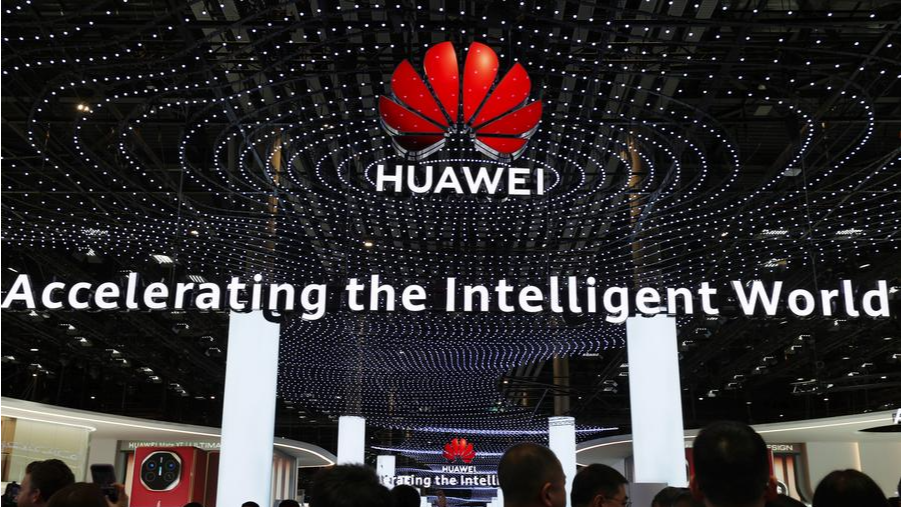
Huawei Technologies Co on Thursday announced the launch of what it calls the world’s most powerful AI computing clusters—SuperNode and SuperCluster—marking its latest breakthrough in high-performance computing despite ongoing US sanctions.
Speaking at an event in Shanghai, Huawei’s rotating chairman, Xu Zhijun, said: “Computing power has been and will continue to be the key to artificial intelligence—especially for China’s AI development.”
Although restrictions limit Huawei’s access to advanced chip manufacturing, the company has developed large-scale AI systems that integrate thousands of its Ascend processors into unified computing units, reaching top-tier performance through breakthroughs in interconnect technology.
ALSO READ: Huawei open-sources chip software ecosystem
The newly released Atlas 950 SuperPoD and Atlas 960 SuperPoD support 8,192 and 15,488 Ascend cards, respectively, and lead in key performance metrics including total computing power, memory capacity, and interconnect bandwidth. Xu said these systems are designed to remain the world’s most powerful AI nodes “for many years to come.”
Building on these super nodes, Huawei also introduced the Atlas 950 SuperCluster and Atlas 960 SuperCluster, which scale to 500,000 and 1 million cards, respectively. The company claims these represent the most powerful AI computing cluster infrastructure in existence.
Looking ahead, Xu outlined Huawei’s three-year chip roadmap, which includes the Ascend 950PR, 950DT, 960, and 970 models. The 950PR, featuring Huawei’s self-developed high-bandwidth memory (HBM), is scheduled for release in the first quarter of 2026.
READ MORE: Huawei founder remains optimistic despite US curbs
“Because of US sanctions, we cannot manufacture at TSMC, so the computing power of a single Huawei chip still lags behind Nvidia’s,” Xu said. “However, with more than 30 years of experience in connecting people and machines, we’ve made breakthroughs in interconnect technology that allow us to build 10,000-card-scale super nodes—making ours the most powerful computing systems in the world.”
To date, more than 300 units of the Cloud Matrix 384 SuperNode have been deployed, establishing what Huawei calls a new standard for AI infrastructure.
Xu concluded by reaffirming Huawei’s commitment to collaborating with industry partners to build a solid computing foundation for AI development both in China and globally.


